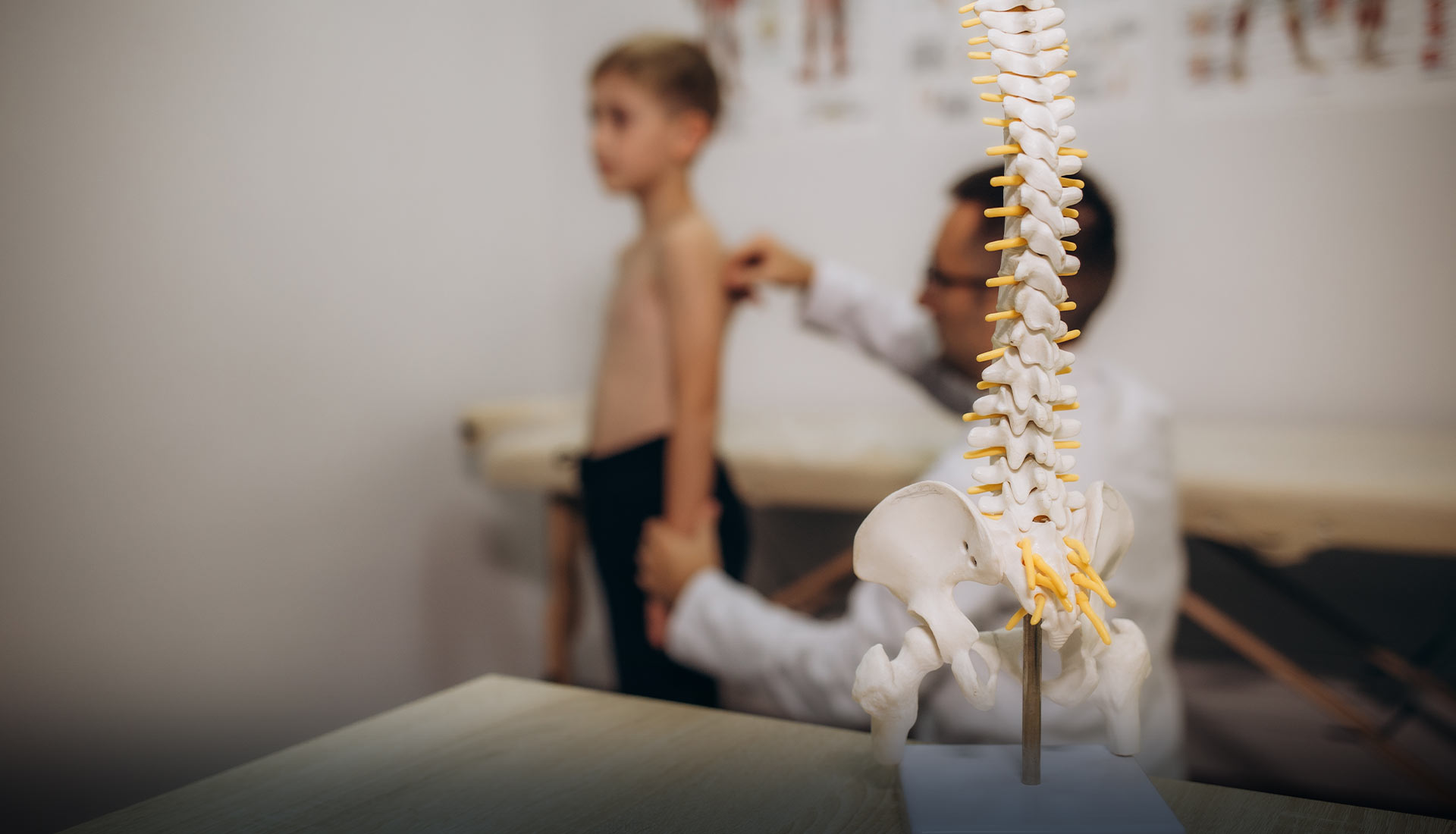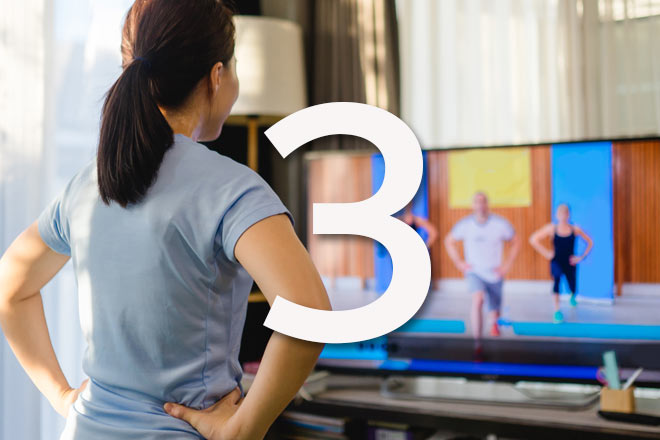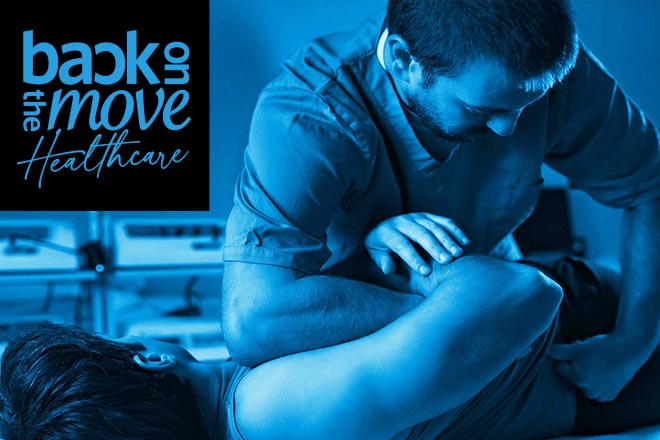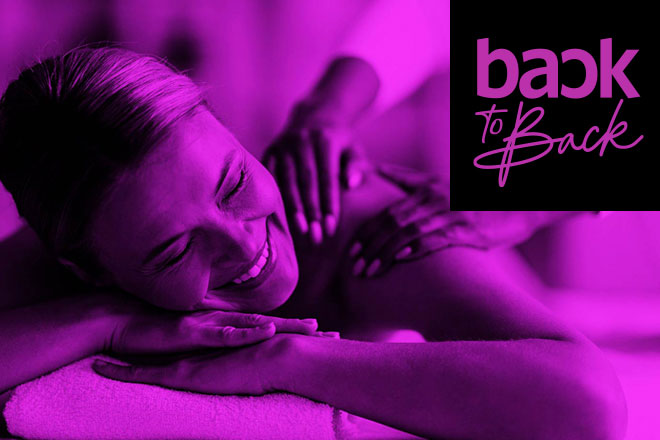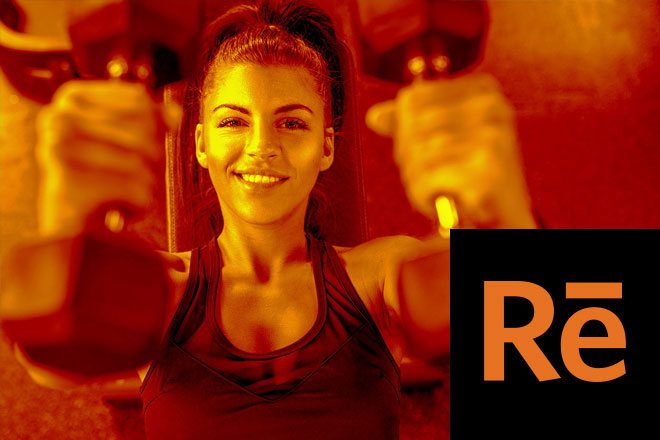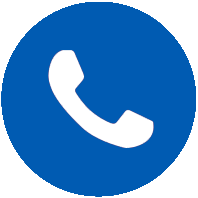How is Schroth Therapy different from other scoliosis treatments?
Schroth Therapy focuses on three-dimensional postural exercises tailored to each patient’s specific spinal curvature. It combines breathing, postural retraining, and muscle activation to address spinal misalignments, unlike general physical therapy which may not be specific to scoliosis.
Who is a good candidate for scoliosis rehabilitation and Schroth Therapy?
Most individuals with scoliosis—children, adolescents, and adults—can benefit from scoliosis rehabilitation and Schroth Therapy, especially if they have mild to moderate curvature. Those with severe cases may still find symptom relief through these treatments but may also need additional interventions.
Are there any side effects or risks associated with Schroth Therapy?
Schroth Therapy is generally safe when performed by a certified therapist. Initial sessions may cause mild muscle soreness, especially if the body is adjusting to new exercises, but serious side effects are rare.
Can Schroth Therapy and scoliosis rehabilitation improve the spine’s curvature?
While these therapies may not entirely correct the curve, they can often slow or reduce curve progression, enhance symmetry, and improve posture. Many patients also report reduced pain and better function.
How long does it take to see results from scoliosis rehabilitation and Schroth Therapy?
Results can vary, but many patients experience improved posture, muscle strength, and reduced pain within weeks to months. However, consistent practice of exercises at home is essential to maintain these benefits, and long-term improvement often requires ongoing commitment.
How long does a Schroth Therapy session last, and how many sessions will I need?
Typically, our sessions last around 60-90 minutes. Your therapist will give you an idea of how long you will need to keep coming in for sessions, depending on the severity of your scoliosis. This can range from between five to 20 sessions.
